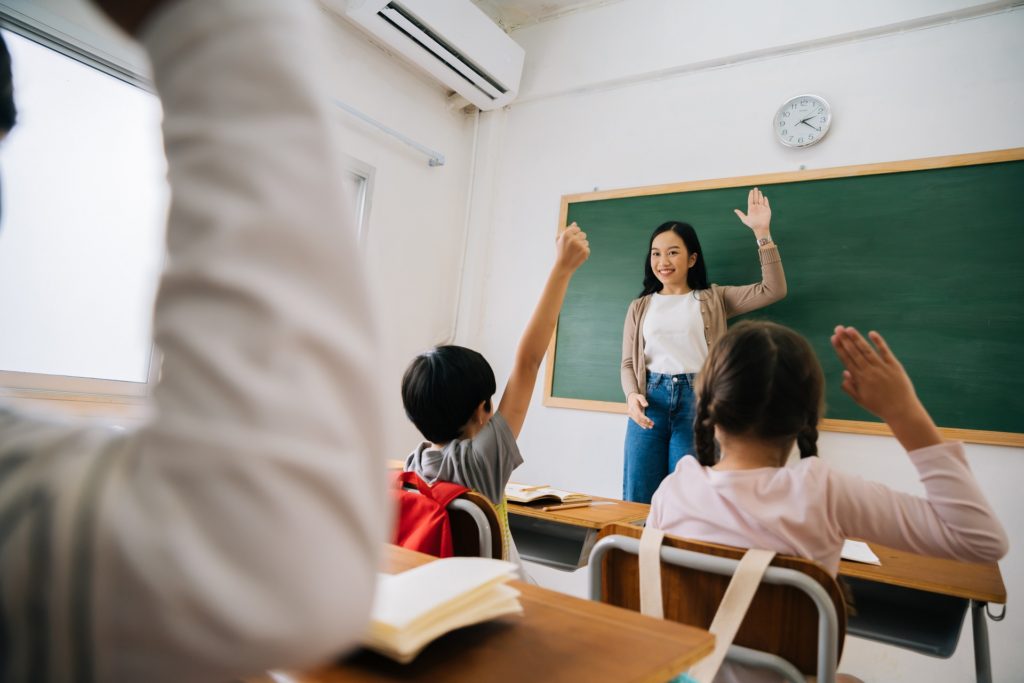In addition to medicine, law, engineering and other majors, Singapore’s university education system is the same as that in the UK. Generally, it only takes 3 years to obtain a general degree, and it usually takes 4 years to obtain an honorary degree. There are 6 public universities in Singapore. They are:
National University of Singapore (NUS,
Singapore Institute of Technology (SIT),
Nanyang Technological University (NTU),
Singapore University of Technology and Design (SUTD),
Singapore Management University (SMU),
Singapore University of Social Sciences (SUSS).
National University of Singapore (NUS)
Since its establishment in 1905, it has cultivated many outstanding talents. The main courses offered include science, mechanical engineering, technology, law, liberal arts, sociology and medicine.
Nanyang Technological University (NTU)
Founded in early 1981, it mainly trains talents in engineering and technology for Singapore. The Singapore Institute of Education (NIE), now also part of Nanyang Technological University, is a teacher training college. At the same time, Nanyang Technological University has also established courses in accounting, business and mass communication.
Singapore Management University (SMU)
It is a university established in 2000 and the first local university to be subsidized by the government. The main courses offered include business and management courses.
Singapore University of Technology and Design (SUTD)
Founded in 2012, it is the fourth public university in Singapore. There are four departments: Process and Sustainable Design, Engineering Product Development, Engineering Systems and Design, and Information System Technology and Design. For three majors: civil and environmental engineering, production line management, and manufacturing engineering, the school offers a two-year MIT-SUTD dual master’s degree.
Singapore Institute of Technology (SIT)
Singapore Polytechnic University, formerly Singapore Institute of Technology , Singapore government announced on March 28, 2014 that Singapore Institute of Technology has been upgraded to the fifth public university in Singapore since March 28, 2014, and changed its name to Singapore Institute of Technology (Singapore Institute of Technology). ).
Singapore University of Social Sciences (SUSS)
It was in 2016 that SUSS was upgraded to the sixth public university in Singapore on October 12, 2016.
After becoming a public university, SUSS teaching focuses on cultivating talents infields such as social sciences and applies education. The university proides applied courses for students and adults focusing on social science sibjects such as social work, pre-school education, personnel management, law, etc. But will also retain courses in accounting, engineering, etc.
In addition, there are more than 50 private colleges in Singapore that offer two kinds of programs:
Diploma programs without a degree and
Degree programs.
It includes two Australian government universities – Curtin University and James Cook University. Among them, degree courses are foreign university diplomas issued by cooperating with foreign universities.
Usually, courses are jointly organized with internationally renowned universities in the United States, the United Kingdom and Australia, so that students can have international-level diplomas without paying expensive tuition fees.
After students have completed the school’s courses in Singapore and passed the examinations for their majors in these countries to obtain a diploma, they can continue their studies in their alma mater in countries such as the United Kingdom and the United States.
Five prestigious private colleges include:
SIM Global Education,
Management Development Institute Singapore (MDIS),
East Asia School of Management (EASB),
PSB Academy Singapore (PSB ACADEMY) and
Kaplan.





